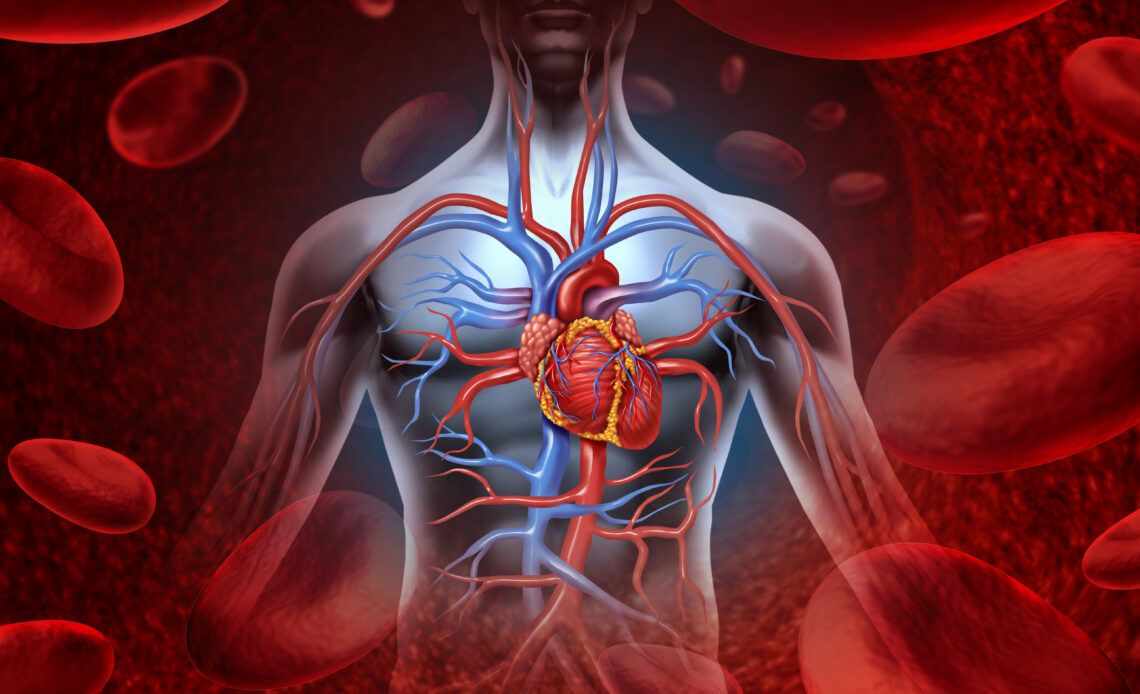
What’s new and interesting in the world of cell health? Does it matter to you?
Recent Advancements in Cell Health
On November 24, 2021, a research team at the University of California San Diego (UCSD) School of Medicine published a significant advance in the understanding of human cells. The technique, known as Multi-Scale Integrated Cell (MuSIC), combines microscopy, biochemistry and deep learning artificial intelligence.
- Microscopes allow scientists to see down to the level of a single micron, about the size of some organelles, such as mitochondria. Smaller elements, such as individual proteins and protein complexes, can’t be seen through a microscope.
- Biochemistry techniques, which start with a single protein, allow scientists to get down to the nanometer scale. (A nanometer is one-billionth of a meter, or 1/1,000th of a micron.)
- Artificial intelligence enables identifying cellular elements within the gap from nanometer to micron scale by analyzing and assembling vast amounts of data from multiple sources.
In its first pilot study, MuSIC discovered over 30 new components within a human kidney cell line. The UCSD team then determined the structure to be a new complex of proteins that binds RNA and helps determine which genes are activated at which times.
Most human diseases can be traced to malfunctioning parts of a cell — a tumor is able to grow because a gene wasn’t translated accurately into a particular protein or a metabolic disease arises because mitochondria aren’t firing properly. In order to understand what parts of a cell can go wrong in a disease, scientists first need to have a complete list of parts.
About Your Cells
There are over 30 trillion cells in an average human body. All cells in the body carry approximately 20,000 protein-coding genes. Individual cells use these genes differently to transform into one of about 200 different cell types which are cataloged within the worldwide Human Cell Atlas Project.
The length of a cell’s life can vary. As examples, white blood cells live for about 13 days, cells in the top layer of your skin live about 30 days, red blood cells live for about 120 days, and liver cells live for about 18 months. A normal human cell can only replicate and divide forty to sixty times (the Hayflick Limit) before it cannot divide anymore, and will die through apoptosis. The limit to dividing comes from the gradual loss of telomeres from the ends of the DNA each time a cell divides.
A team of elite scientists led by George Church, Jef Boeke, Jennifer Douna, Emily LeProst and David Liu are working on the Human Genome Write Project (HGP-Write). Their goals include building a foundry which can create human cells from digital genetic data using 3D bioprinting. Such cells would be highly useful for reducing the costs of medical drug testing and clinical trials. Additionally, the Ultra-Safe cell sub-project seeks to create modified versions of human cells that resist natural viruses, and potentially radiation, freezing, aging, and cancer.
Improving Your Cell Health
So what can you do today to begin to improve your own cell health?
A 2021 Helfgott Research Institute study indicated significant improvement in cell health by following good practices for diet, sleep, exercise and relaxation along with supplemental probiotics and phytonutrients. After an eight week treatment program, the 43 participants’ biological age measurements of cell health indicated they had become two to three years younger compared with the placebo control group which did not change. Yale University laboratories conducted the cell health analysis using DNA methylation techniques for biological age testing. Larger studies will follow to confirm the significance of the results.
What would you do with an extra 2-3 years of healthy life to live? What changes are you willing to make in your lifestyle to be healthier?
Cell Health Tomorrow
Scientists are seeking ways to reprogram your cells as well. To find out more on their progress see Keep Health’s article on Cellular Reprogramming.
Conclusion
This concludes today’s article. As your reward for reading and taking care of your health, we recommend taking a few minutes to scroll through the 200 cell types in your body. Doing so will help you appreciate just how complex and special you are! Plus, some of the cell type names are quite interesting! Did you know you have cartwheel cells?
